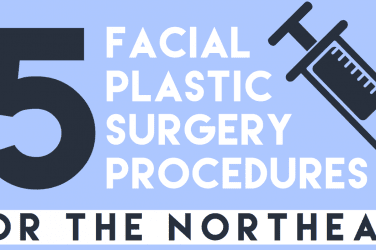Diastema refers to a gap or space between the teeth, and these spaces can form anywhere in the mouth but are mostly found between the two upper front teeth. Gaps can range from barely noticeable to large, and some people first notice a tooth gap while brushing or flossing.
This condition affects both adults and children. In kids, gaps may disappear once their permanent teeth start to grow.
Diastema can be associated with genetics, bad habits, or abnormal skeletal development.
It can also be caused by a discrepancy in tooth size or missing teeth. Usually, tooth gaps generally do not pose any complications or health concerns, but having gaps in the teeth can make you feel self-conscious. You can improve your self-confidence with several dental treatment options.
Modern dentistry provides several treatment options tailored to your smile and can fit your budget. A perfect example is Dental Implants.
Understanding Dental Implant
Usually, dental implants are an ideal way to restore a smile. They are particularly suitable since they share semblance with natural teeth.
Dental Implant is a form of cosmetic dentistry made of titanium, which fuses well with the jawbone. They are surgically inserted into protrudes where teeth are missing. These metal posts act as tooth root substitutes. The bone bonds with the titanium, creating a strong foundation for artificial teeth. Small posts are then attached to the implant, which protrudes through the gums. The purpose of these posts is to serve as a stable anchor for the crowns meant to cover the gap in the teeth.
PRACTICAL REASONS TO OPT FOR DENTAL IMPLANTS.
There are several reasons to choose this treatment option.
- Natural beauty: The dental implant crown is made of light-reflective materials that look just like natural tooth enamel. The natural look and feel it offers makes dental implants an excellent option for people who love the celebrity type of smile.
- Complete stability: Implants are firmly embedded and surrounded by bone. This means they will never move around, even with the most vigorous chewing. Hence, you get to maintain natural and gapless teeth.
- Easy maintenance: Brushing and flossing can occur just like natural teeth. Dental implants are easy to rock and are convenient, making your smile healthy, white, and beautiful.
- Backed by research: Dental implant materials are biocompatible, so the body won’t reject them. A survey published by Acta Odontologica Scandinavica studied patient satisfaction rates 8-14 years after undergoing implant dentistry treatment.
Of all the respondents, 81 percent reported high levels of comfort while biting and chewing; 94 percent of respondents reported high levels of satisfaction with their smile aesthetics even many years later.
Here are the typical steps of a dental implant and what to expect that leads to a brilliant smile
When getting dental implants, you are replacing the tooth roots with tooth posts made of metal. These dental posts are like screws for artificial teeth.
- INITIAL EVALUATION
An oral examination will be done to determine the jawbone’s condition and the best dental implant procedure. This evaluation includes X-rays, taking impressions, and matching your teeth’ color to make your implant look as natural as possible.
All your medical conditions and medication will be discussed, and you may need to take antibiotics before the surgery to avoid infection.
- INSERTING THE DENTAL IMPLANT
There are two types of dental implants.
One where the implant is inserted into the jawbone and the other that goes directly under the gum line. It is important to have strong jaws because of the pressure that comes with eating. If the jaw still needs extra support, a part of the jaw bone is taken, but this bone will be typically far from the implant area.
After the implant is added to the jawbone, it will grow around the implant, and it becomes a part of the original gum line. This process varies and can take anywhere from 3 to 9 months.
- ABUTMENT PLACEMENT
Once the implant is stable enough, an abutment is placed on top of the implant. This piece connects the implant to your crown. It needs to be tightened so it stays in place when eating.
Most times the abutment can be placed the same time the implant is placed since it goes past the gum line. It will be noticeable, but discussion on ways to mask it can be done with your dentist.
- ADDING THE PERMANENT CROWN
When the gums heal, your dentist will make your artificial tooth. It is important to note that you can opt for a removable implant or a permanent implant.
Wrap up
If you are planning to get a dental implant, you should start by checking https://southcentredental.ca/dental-implants-calgary to ensure you are in good hands. Also, ensure you have a budget of $1600. It is important to note that many insurance companies are beginning to see the importance of dental implants, you should check to know if your insurance company will cover the cost of your dental implant.
Dental implants are risk-free procedures that require minimal anesthesia.







